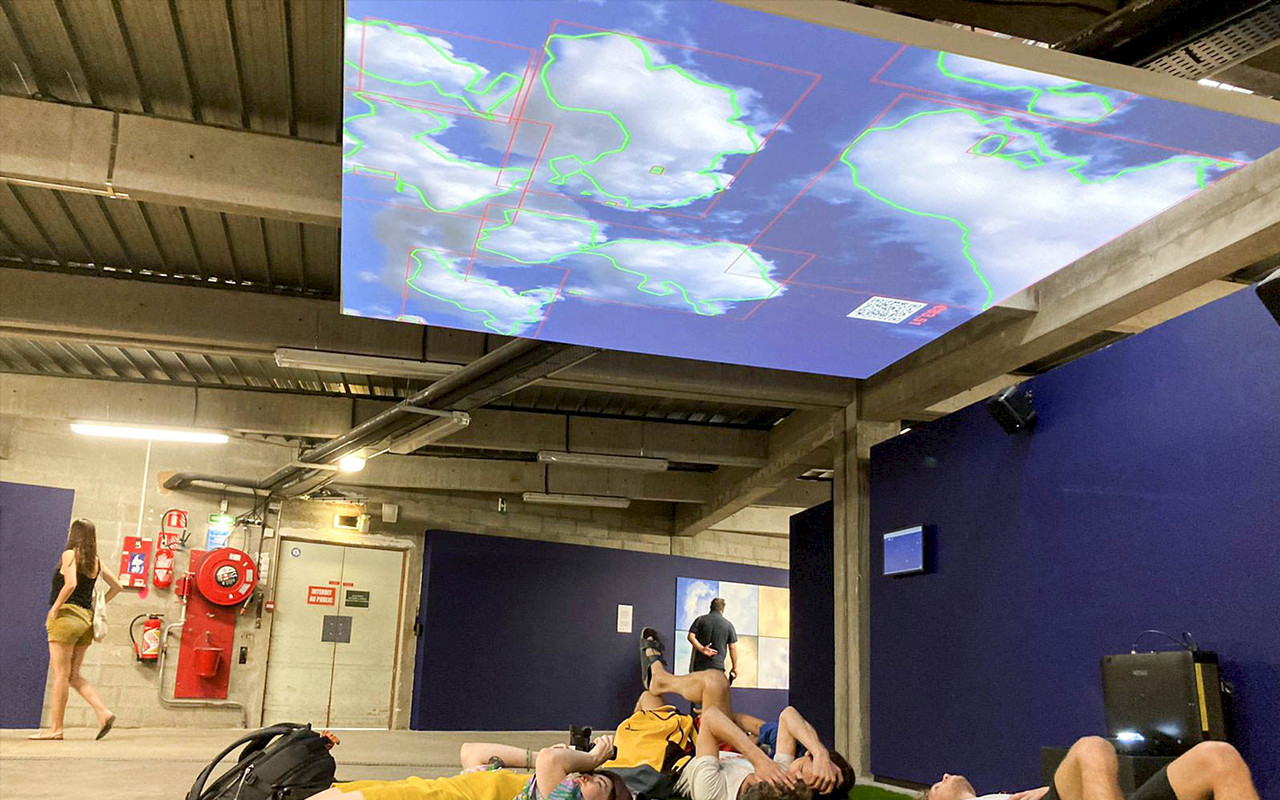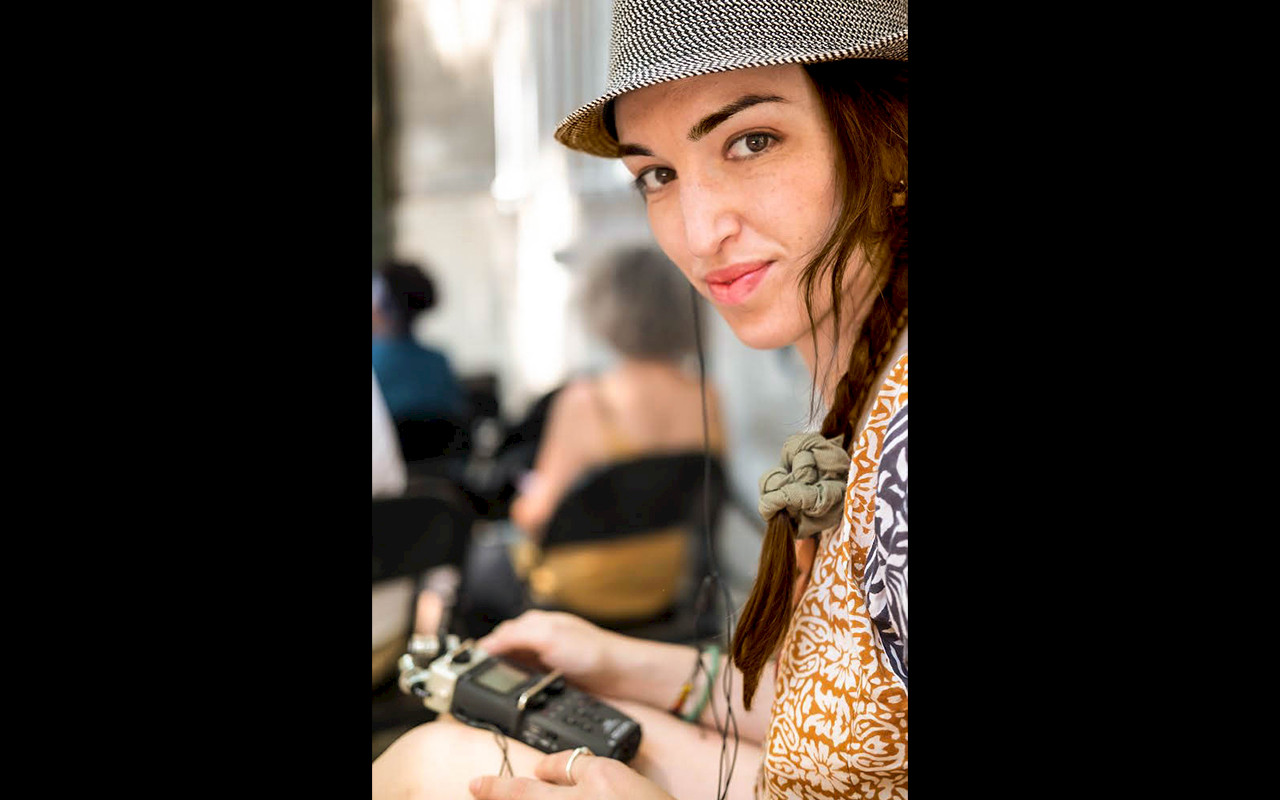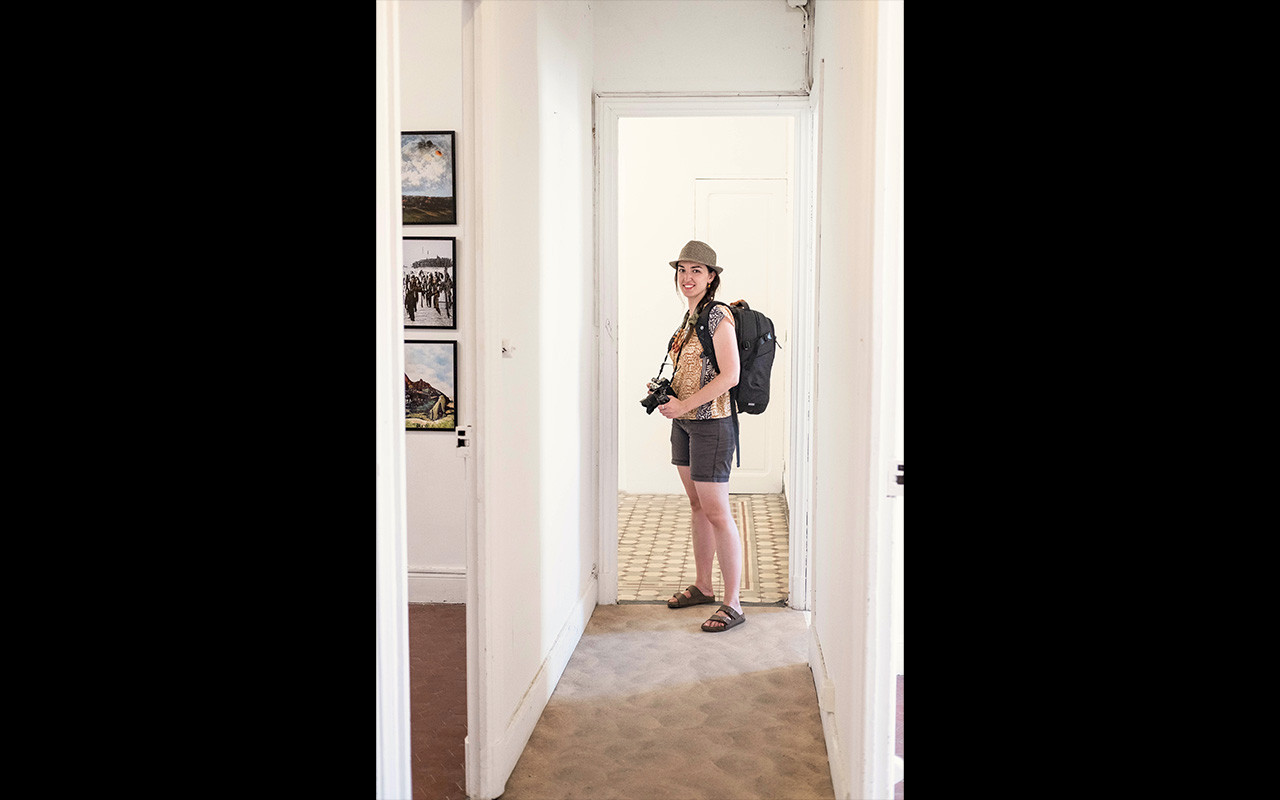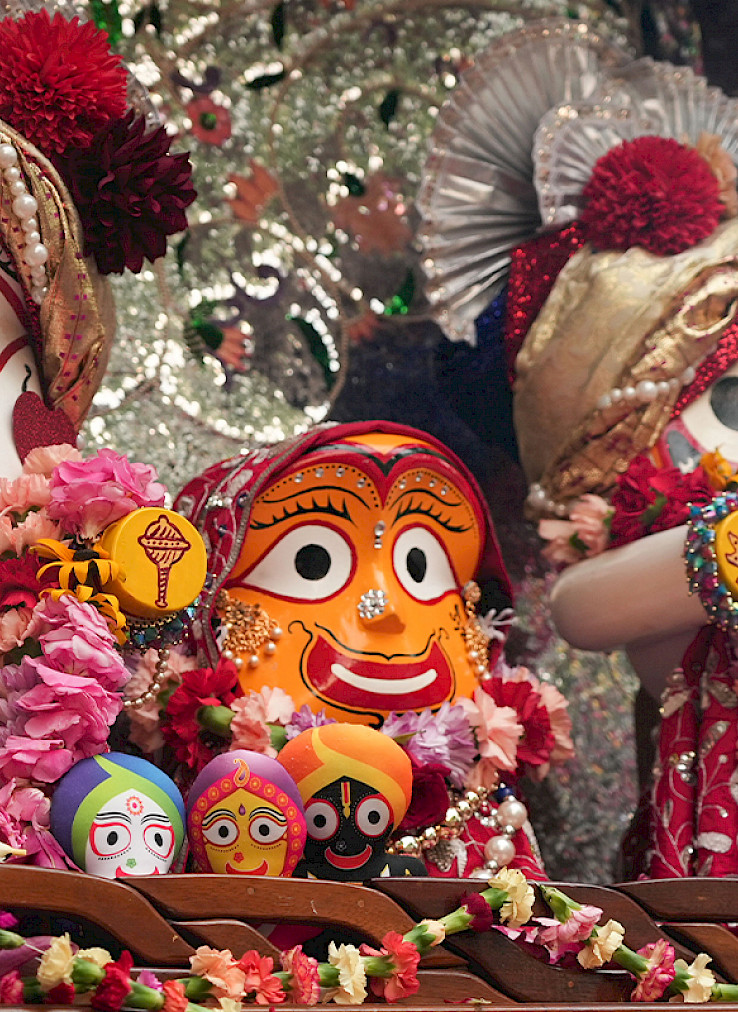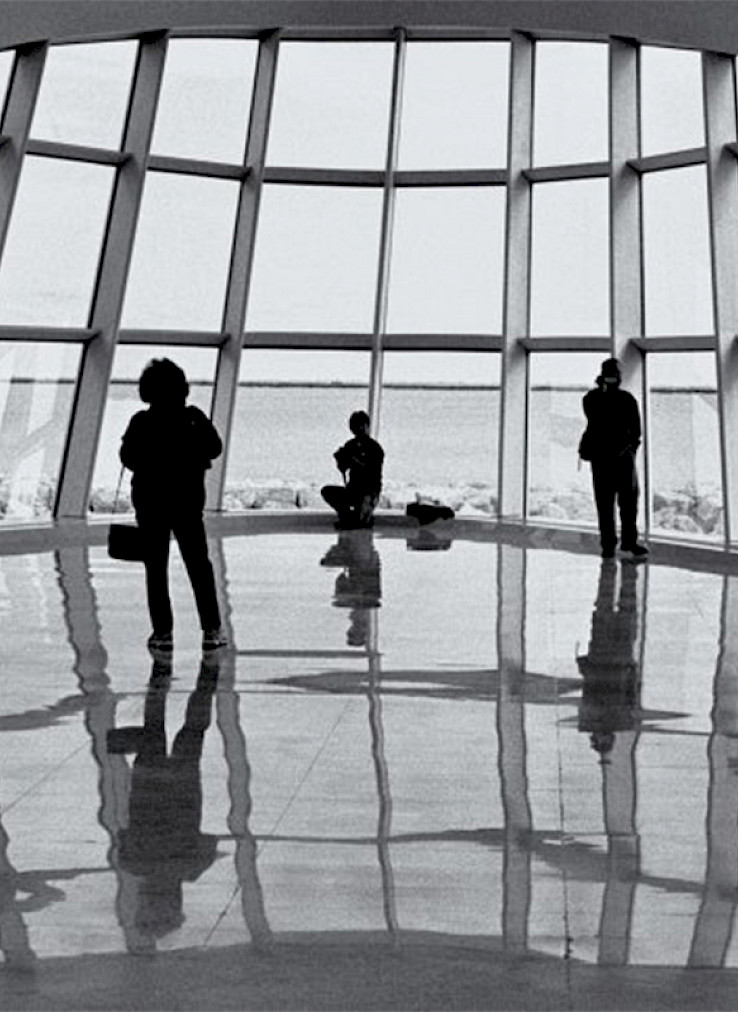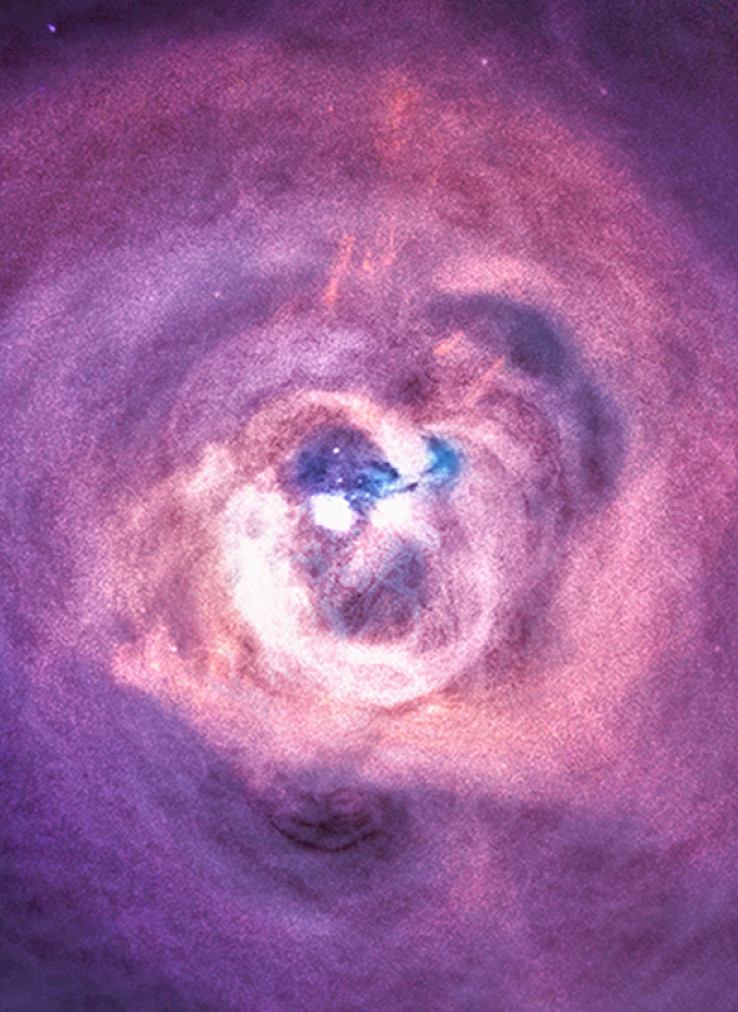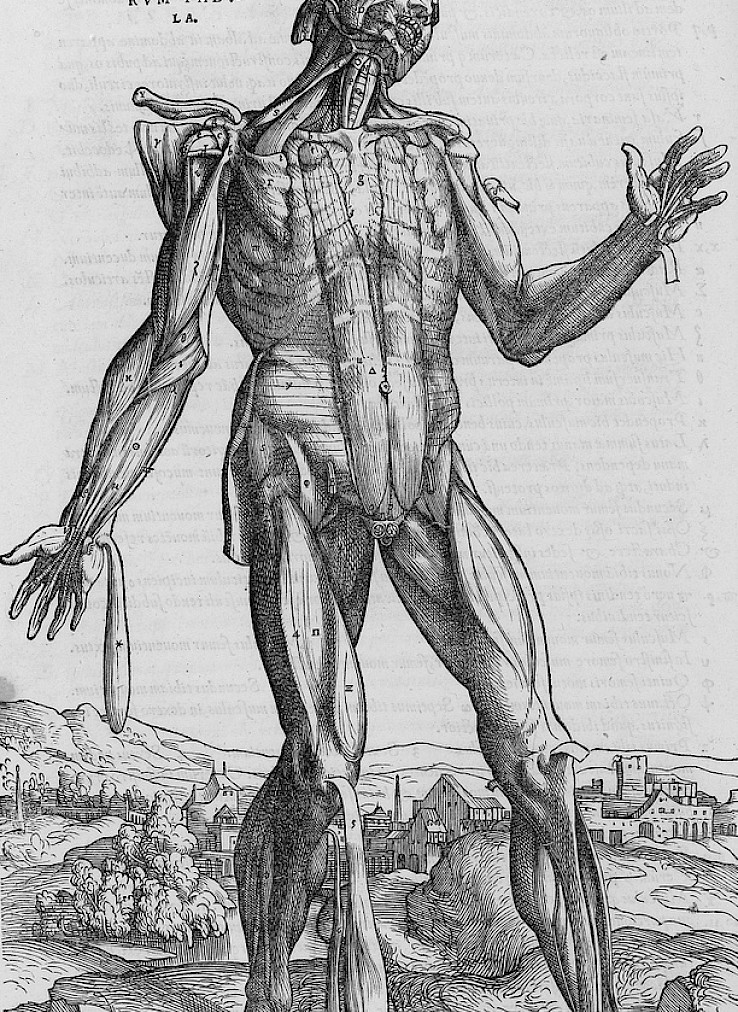In the context of the photo summer festivals, the project Visual Trust took advantage to attend two different festivals: Les Rencontres d'Arles at the homonym city in France, and Photoespaña, in the Spanish city of Madrid. This fieldwork was drawn on the previous experience of the project Visual Trust project about social images and by the researcher Amanda Bernal, who is largely involved in the artistic and documentary photography field and was familiar with these festivals.
In this case, both work trips aimed to do fieldwork and research in the context of photography dissemination and assessment. Arles is the most relevant photography gathering in Europe and the same for Photoespaña in Spain. During summer, many photography festivals take place and contribute to developing photography spaces for reflection and knowledge. Nonetheless, these are two of the epicenters of photography in this period in terms of experimentation, production, and dissemination through exhibitions, publications, contests, and photo-books.
Fieldwork in Arles revolved around the observation of the opening week, a time when all kinds of cultural agents involved in photography interact and reflect on the photographic act and will. Different events happen in the scattered areas of the city, making us notice how photography is alive in a city and inspiring us to generate a wide range of interactions. As a context, Arles is a photo festival celebrated every year between July and September since 1970, showcasing various exhibitions around the city. One of the most remarkable features of this festival is that visitors can find exhibitions all around the city, even small art pieces on every corner. Even in exceptional heritage sites across the city's old streets, such as churches, shops, galleries, or pop-ups.
The Rencontres d'Arles has been a large-scale influence in disseminating significant quality of world photography, and, as the organization says on its website, they feel tempted to play "the role of a springboard for photographic and contemporary creative talents". It is also essential to bear in mind that the number of annual visitors is around 150.000 people. Apart from a specific site for exhibition, Arles is a crucial place as a photography laboratory for creating images and reconnecting with different creators through workshops and courses during the months of the festival.
Likewise, Photoespaña was born in June 1998 to be a photography festival carried out by society, as the organization claim and promoted by Fundación Contemporánea and organized by La Fábrica. The aspiration of Photoespaña is "turn Madrid into a meeting point for the world of photography every year". This festival is conceived and built in Spain. It has become an international reference thanks to the involvement of many professionals and specialists from different spheres of society, as well as concerning institutions and diverse public. It is also remarkable that the festival has its photography masters and art gallery. I attended the last weekend of the festival where, contrary to my expectations, the exhibition halls were crowded. Within this context, the assisting audience presented a great diversity in its characteristics, a wide average of age, origin, ethnicity, and cultural backgrounds. From my experience as a photography festival director, I can argue that the last part of any photography festival should carry the closure, assessment, and reflection of all the different gatherings and experiences shared during the event.
In the context of my PhD research and the ERC Visual Trust Project, this has been an exceptional opportunity to be in contact with informants such as curators, museum directors, photographers, and visual art teachers, as well as different audiences.
In both cases, the fieldwork experience was prominent and provided the project with extensive data and visual material. The high level of statements and art pieces allowed me to reflect and find several topics shared between the concerns and claims of some artists with the concepts and work of Visual Trust. At the same time, I was able to get in contact with different audiences, who provided me with some details of their experience, such as ideological stance in front of the images, their concerns, and interests, among other information. Thanks to this work trip, I have already scheduled two interviews with two international agents, which we will show in future publications.
In this text, we show some images taken during the fieldwork by the project's photographer collaborator Ezequiel Rodulfo.
Back to the list


